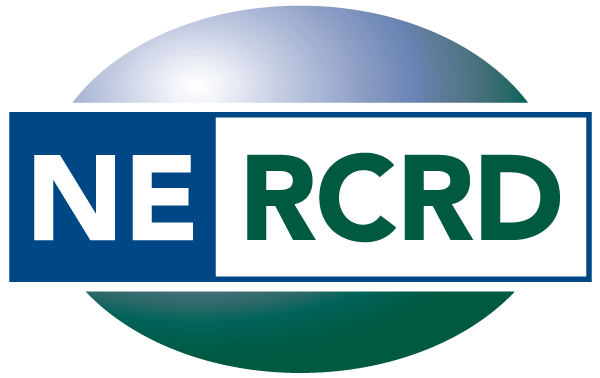Impact Factor of NERCRD published research
Journal impact factor of journals in which NERCRD Research has been published (see definitions below)
|
Journal Name |
Google Scholar H-5 index |
Journal Impact Factor |
5-year Impact Factor |
Immediacy Index |
Citable Items |
% Articles in Citable Items |
Acceptance Rate |
|
Research Policy |
88 |
5.35 |
7.93 |
1.62 |
192 |
100 |
10% |
|
International Journal of Production Research |
77 |
4.58 |
4.15 |
1.84 |
389 |
88 |
|
|
Food Policy |
59 |
4.19 |
5.34 |
0.96 |
111 |
95 | |
|
Journal of Labor Economics |
55 |
3.36 |
5.50 |
0.79 |
48 |
100 |
8% |
|
Journal of Economic Geography |
45 |
3.29 |
5.12 |
1.25 |
48 |
100 | |
|
Entrepreneurship & Regional Development |
34 |
2.89 |
4.11 |
0.72 |
50 |
96 |
|
|
PLOS ONE |
175 |
2.74 |
3.23 |
0.50 |
11244 |
97 |
47% |
|
Papers in Regional Science |
32 |
2.22 |
2.17 |
0.56 |
110 |
100 |
|
|
Journal of Wine Economics |
16 |
1.77 |
|
1.48 |
25 |
100 |
|
|
Spatial Economic Analysis |
16 |
1.63 |
1.93 |
1.41 |
17 |
100 |
|
|
Journal of Agricultural and Resource Economics |
15 |
1.18 |
1.77 |
0.20 |
35 |
100 |
|
|
Applied Economics |
39 |
1.10 |
1.18 |
0.32 |
420 |
100 |
30% |
|
Journal of Agriculture, Food Systems and Community Development |
12 |
|
|
|
|
|
|
|
Journal of Extension |
10 |
30% | |||||
|
Agricultural and Resource Economics Review |
16 |
Definitions (compiled by Yuxuan Pan):
Impact Factor: “A journal impact factor is a calculation based on a two-year period and is calculated by dividing the number of citations in the JCR year by the total number of articles published in the two previous years. An impact factor of 2 means that, on average, the articles published one or two years ago have been cited two times.” (Source: University of Michigan Library Resource Guides)
5-Year Impact Factor: “The 5-year journal impact factor is the average number of times articles from a journal published in the past five years have been cited in the chosen JCR year.” (Source: University of Michigan Library Resource Guides)
Immediacy Index: “The immediacy index is the average number of times an article is cited in the year it is published. It is a way of determining the “hot topics” in a discipline.” (Source: University of Michigan Library Resource Guides)
Citable items: “are those items that comprise the figure in the denominator of the Journal Impact Factor calculation. These items are those identified in the Web of Science as an article, review or proceedings paper and are considered the substantive articles that contribute to the body of scholarship in a particular research field and those most likely to be cited by other articles. Other forms of journal content, such as editorial materials, letters, and meetings abstracts, are not considered as citable items.” (Source: Clarivate Analytics)
% Articles in citable items: “The % of Articles in Citable Items emphasizes a journal’s original research by calculating the percentage of articles that count toward the total Citable Items. For example, in 2013, Nature has 829 articles and 28 reviews for a total Citable Items of 857. 96% of the Citable Items are original research.” (Source: Clarivate Analytics)
H5-index: “It is the largest number h such that h articles published in [the past 5 years] have at least h citations each”. Thus, an H5-index of 60 means that that journal has published 60 articles in the previous 5 years that have 60 or more citations each.” (Source: American University Scholarly Research Impact Metrics)
Acceptance Rate: “The number of manuscripts accepted for publication compared to the total number of manuscripts submitted in one year. The exact method of calculation varies depending on the journal. Journals with lower article acceptance rates are regarded as more prestigious.” (Source: University of Missouri Library Guides)
